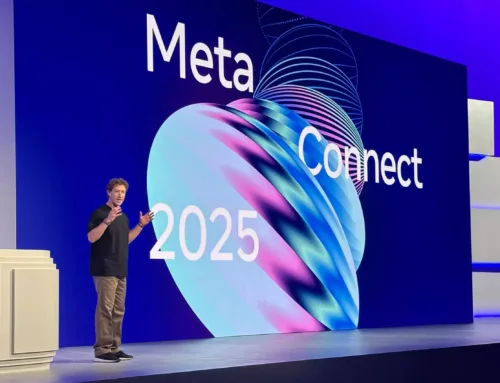China’s first lithium-sodium hybrid station powers 270,000 homes with green energy
May 26, 2025
China just fired up a next-gen battery hub blending lithium and sodium in its latest energy leap.
On Sunday, its first lithium-sodium hybrid energy storage station began operation, marking a major step toward hybrid battery storage at scale.
Located in Southwest China’s Yunnan Province, the Baochi Energy Storage Station (BESS) combines the strengths of lithium and sodium-ion batteries.
The hybrid system offers longer cycle life, faster response, and stable performance across temperatures ranging from -20°C to 45°C, according to Science and Technology Daily.
Hybrid power balances grid
Thanks to China’s abundant sodium resources, the setup also provides a more cost-effective solution for large-scale energy storage, the Global Times reported.
Sprawling across about 50 mu (3.3 hectares), roughly the size of five football fields, the facility has an installed capacity of 400 megawatt-hours. It can complete two full charge-discharge cycles daily, delivering up to 580 million kilowatt-hours of electricity annually. This amount is enough to power nearly 270,000 households each year.
Nearly 98 percent of the energy comes from renewable sources.
At the core of BESS is China’s first large-capacity sodium-ion battery system, which responds six times faster than conventional models. By coupling these advanced sodium batteries with mature lithium technology, the station enhances grid regulation and ensures smoother integration of wind and solar power.
The hybrid system serves more than 30 renewable energy plants across Yunnan, a province where clean energy accounts for nearly 70 percent of the power supply. With such a high share of renewables, grid stability becomes a major concern, making innovations like BESS essential for balancing supply and demand.
“The station serves over 30 wind and solar power plants in Yunnan. The lithium-sodium hybrid technology enables more stable integration of large-scale renewables into the power grid and supports future participation in electricity market trading,” Wu Bin, deputy manager of the Baochi Energy Storage Station project, told CCTV News.
The system can flexibly adjust its charging and discharging modes based on the availability of new energy to help balance the volatility of renewables.
It has potential applications in regions with high shares of renewable energy in China—such as Tibet, Xinjiang, Gansu, and Ningxia—where it can support the stable delivery of power from renewable bases located in deserts, the Gobi, and other wasteland areas.
Sodium boosts energy stability
As demand for lithium surges globally, concerns about resource constraints and import dependency are mounting. China currently imports about 70 percent of its lithium battery materials.
In contrast, sodium—sourced from salt lakes, seawater, and mines—is far more abundant available domestically and have more favorable properties, including stable operation across a 45 C temperature range.
“Seventy percent of the production materials of lithium batteries in China come from overseas, making the production highly dependent on imports. The raw materials of sodium batteries can be extracted from salt mines, seawater, and salt lakes. The sodium resources of the Qarhan Salt Lake alone are 500 times the global lithium resources,” Chen Man, a member of the National Electric Energy Storage Technical Committee, was quoted by CCTV news as saying.
Search
RECENT PRESS RELEASES
Related Post




